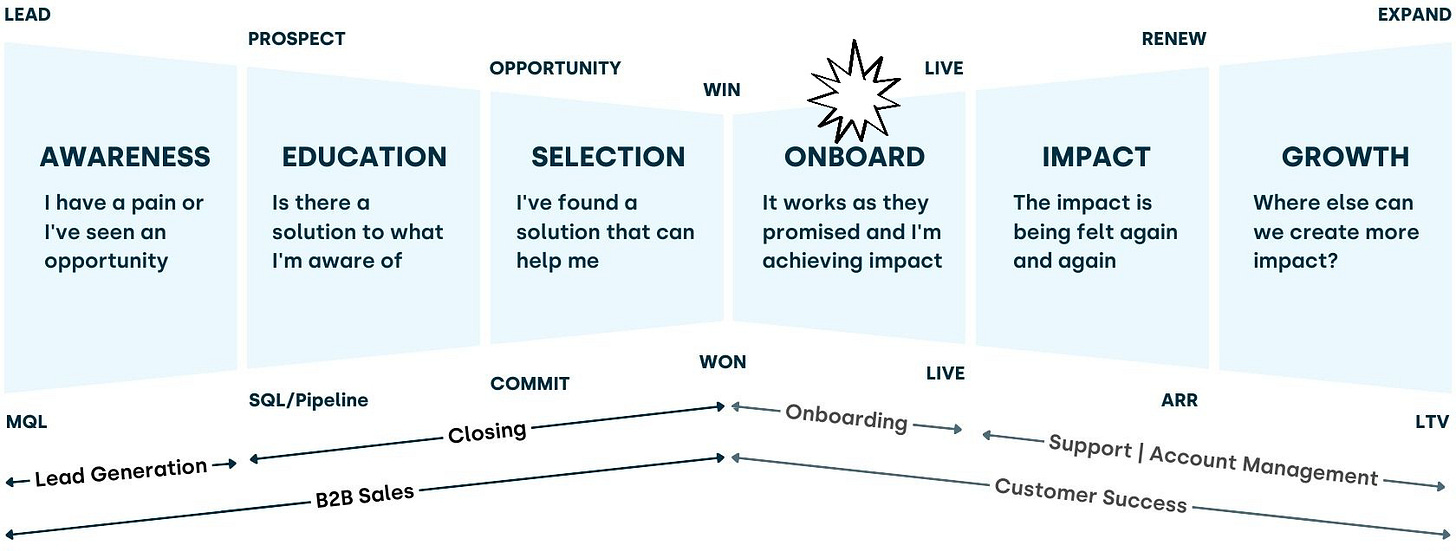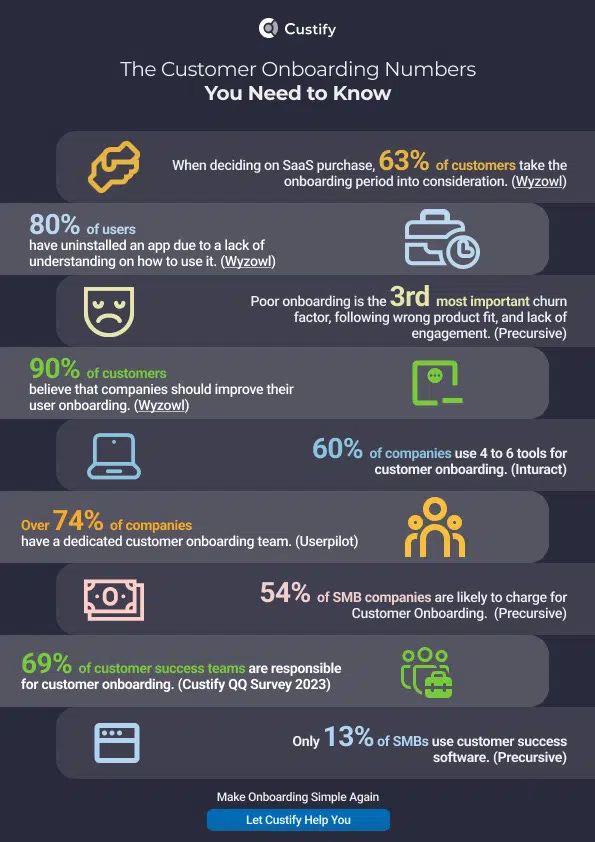Why Customer Success Teams Should Actively Participate in User Onboarding
Let's talk about SaaS
With Software-as-a-Service (SaaS), Customer Success is more than just a buzzword - it's a pivotal element in ensuring long-term customer satisfaction, value realization, and upping retention, you see. And a critical aspect of every customer's journey is the onboarding process.
To skip to the good part, I previously wrote about customer onboarding in SaaS. Reminiscing now, this is the component of every customer's journey that involves user familiarization with your SaaS product or digital solution.
Customer or user onboarding (used interchangeably) is simply you saying, "Hey, this is what this feature does. Add your team members under this tab. Automate your [insert challenge] using this button," and setting your customers up for success!
Here’s why Customer Success teams should play an active role in SaaS onboarding.
1. Smoother Cross-team Handoffs
Interaction across teams has become a constant throughout every customer’s journey, whether with Sales, Marketing, or Implementation Officers.
When it's time for onboarding, Customer Success Managers (CSMs) should pay rabid attention because "8 in 10 users say they’ve deleted an app because they didn’t know how to use it" (Source: Wyzowl).

On this call, you act as a follow-up expert; nurturing early relationship building and trustworthiness, and identifying risks where onboarding did not go well enough.
Remember that the Customer Onboarding team would be tasked with training new and existing users on platforms regularly, as such, it is less likely for them to follow up without sounding robotic or missing out on basic information.
By participating in onboarding sessions, Customer Success teams can even advocate for their customers, nudging the Customer Onboarding Specialists on features and values anticipated.
Such collaboration provides customers with a cohesive experience, setting the stage for seamless handoffs and successful product adoption hereafter.
2. Upselling and Cross-selling Opportunities
Besides entering new markets, the goal of ambitious businesses is to grow Annual Recurring Revenue (ARR) from existing customers. When CSMs are active in customer onboarding, they can certainly identify expansion opportunities based on how each meeting unfolds and the questions asked by key contacts.
One time, I was on a call, walking a customer through a platform and their assigned CSM joined.
Out of curiosity, the customer queried on other features of the SaaS product. As I responded, sharing my screen and showing how it worked, the customer was bought!
Summarily, that CSM checked in after the call and it ended up a good upsell - an addition to the customer's current subscription.
When Customer Success teams leave it to Onboarding Specialists, opportunities are certain to be lost. Such a low-hanging fruit, right?
Side Note: I am curating some of the best self-care tips by customer-facing professionals in Nigeria. Add yours now by taking this short survey.
3. Quicker Resolution and Qualified Feedback
Customer Success teams can provide tailored support and resources, addressing specific customer requests and use cases in SaaS environments as first contacts.
By acknowledging the uniqueness of every customer and knowing the product, CSMs can better assist customers in the adoption of digital products, that may be all-new!
But how?
You see, every onboarding session is like a classroom.
As the customer is trained on the call, this knowledge also trickles down to CSM participants in class!
What it then ensures is whenever customers reach you, as a CSM, you would be somewhat empowered to provide that personalized support without needing to always redirect the customers to Onboarding teams, minimizing frustration and managing customers better while driving proactive issue resolution.
Also, by educating customers on the product’s features and benefits, Customer Success teams can corroborate Customer Onboarding teams' efforts to reduce the learning curve and accelerate Time-to-Value (TTV).
Again, customer feedback is invaluable for continuous improvement, you know.
CSMs can now gather better-qualified insights from users during and after the onboarding process (since they Know the Product), providing essential data to refine both the onboarding experience and the product itself.
This informative feedback loop ensures that the company and team members can adapt and evolve to meet customer needs better.
Sum Up of Participatory Onboarding
About onboarding, Revwit informs, "This stage ensures customers understand how to use your product to its fullest potential, maximising their perceived value and satisfaction." Today, involving Customer Success in user onboarding is not just beneficial - it’s essential. Watch this YouTube clip from Appcues on why.
Smaller SaaS companies often have onboarding as a one-fit role for CSMs, however, larger orgs. may delegate these responsibilities to full-time Customer Onboarding Specialists, Product Specialists, or Product Success Associates, for example.
As a CSM, engaging with customers during the onboarding phase helps establish a positive rapport, making customers feel valued and supported right from the start.
Here are a few hacks to improve customer onboarding process/kickoff calls:
1. Read Donna Weber's book - Onboarding Matters. Donna is a Customer Onboarding Expert providing solutions to improve onboarding efficiency.
2. Ha! You can connect with me on LinkedIn. I write whatever I'm learning weekly - customer success, arts, music, work-life balance, local tourism, etc.
3. Subscribe to this podcast - SaaS Therapy by BrainStorm - for hints on building SaaS products that set customers up for success.
While onboarding can be human-led or digital; automated with pop-ups, product tours, tutorial videos, personalized emails, full-screen takeovers, organizations may opt for a humanized approach or a fine mix of both to shorten the cycle!
Ready to transform your customer onboarding experience?







Insightful piece 🙌🏼